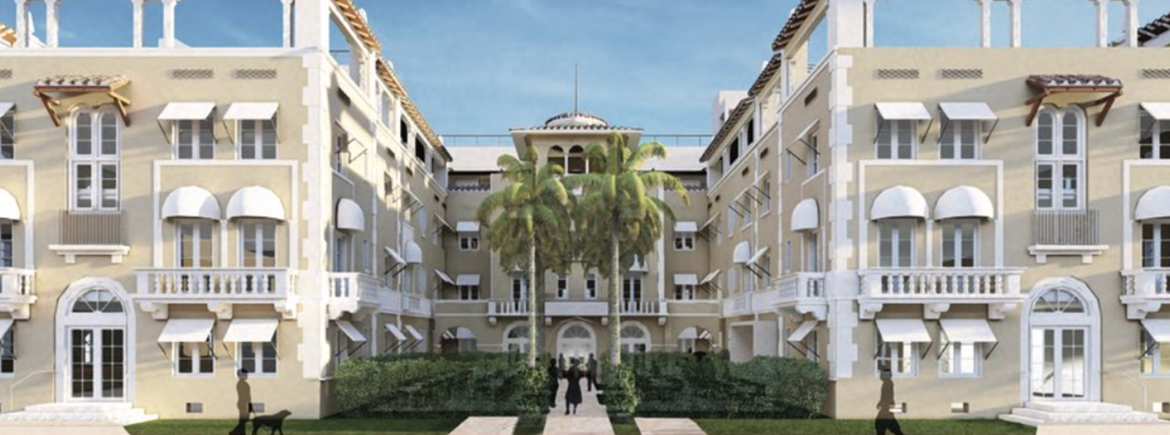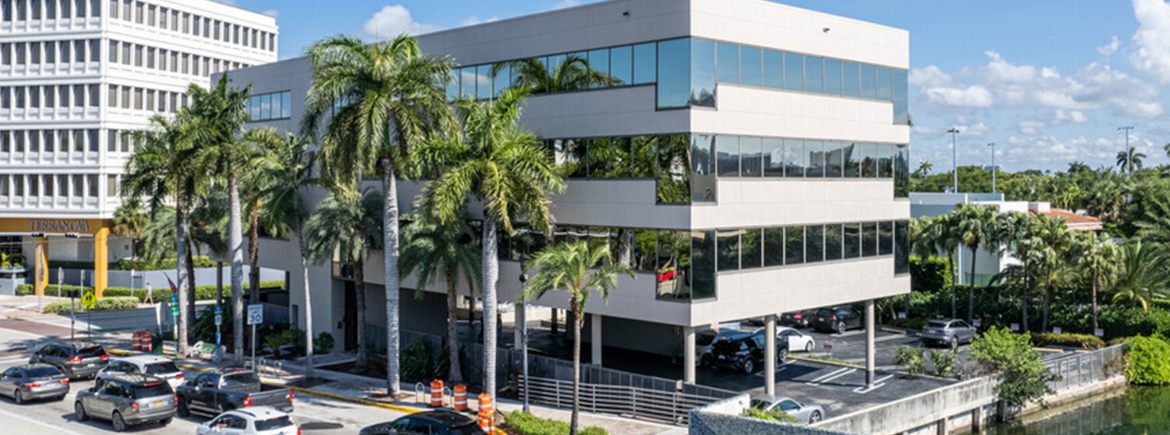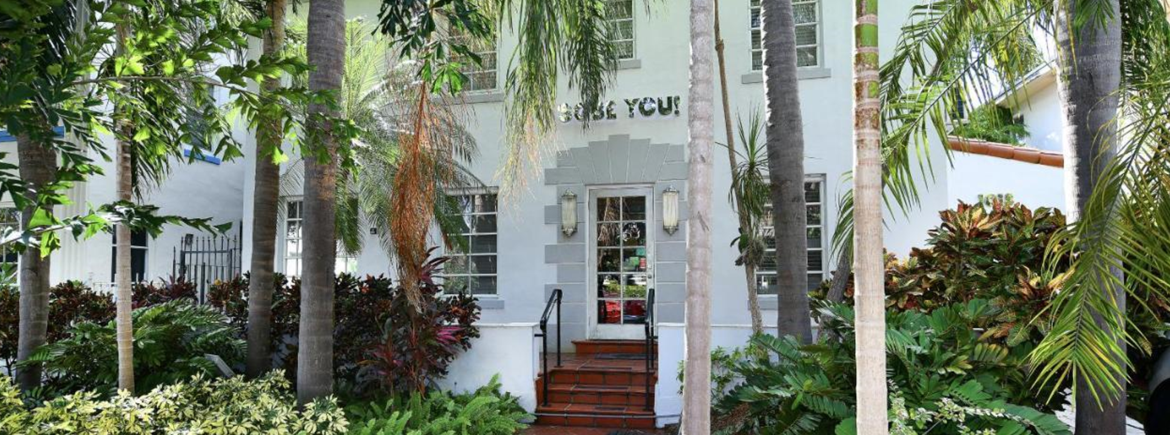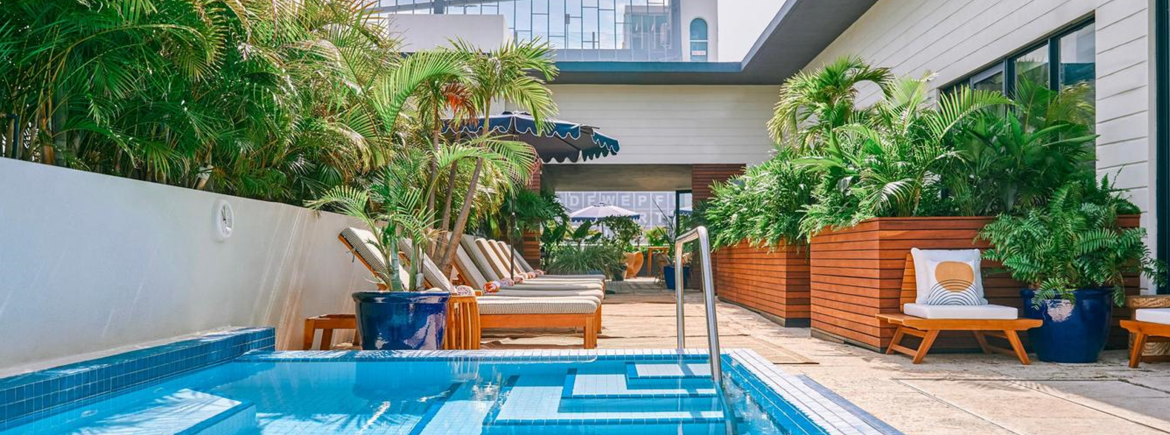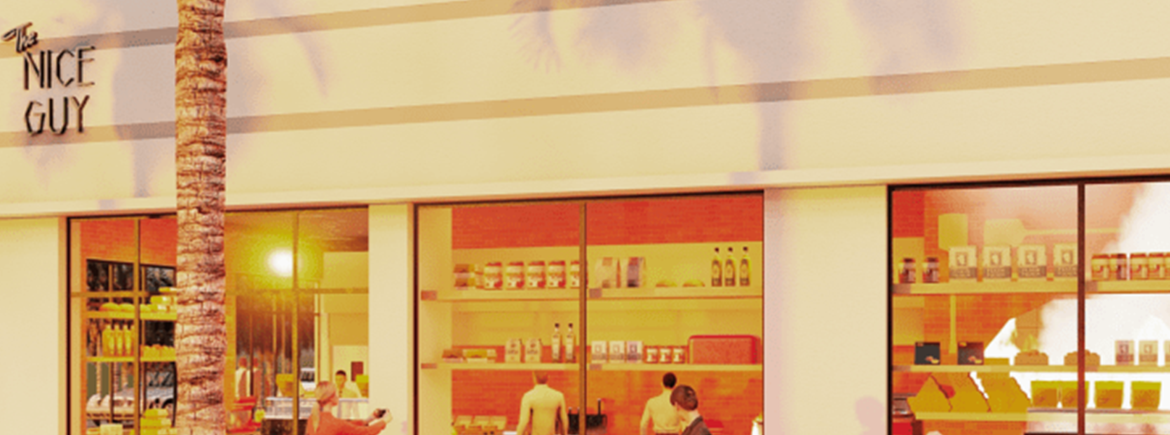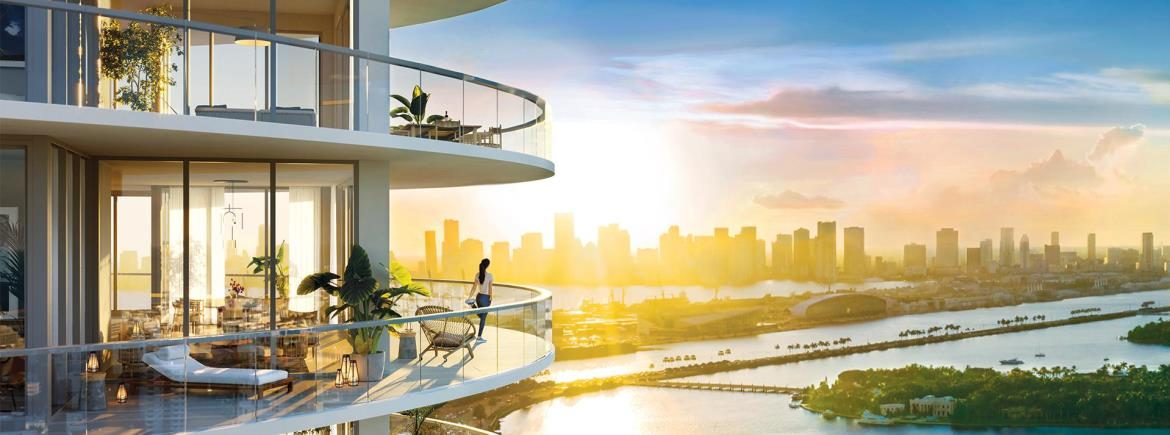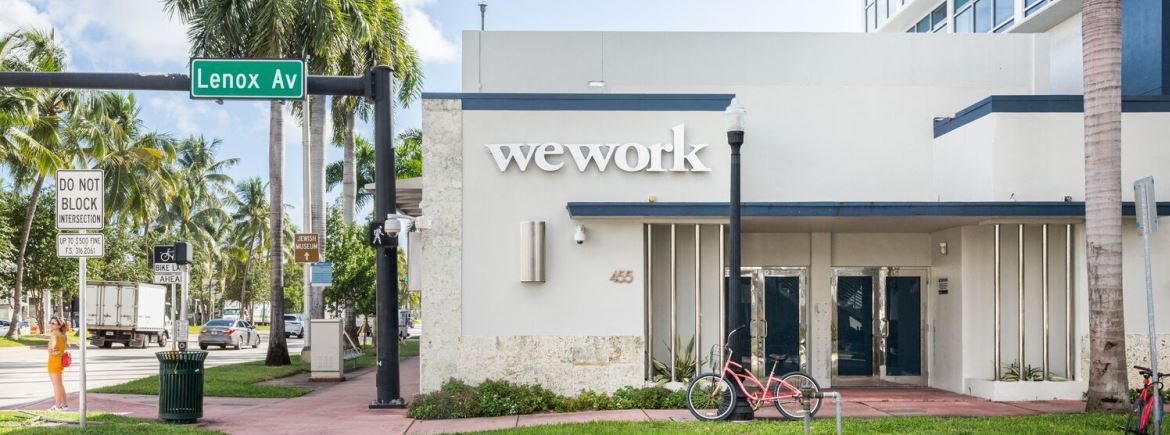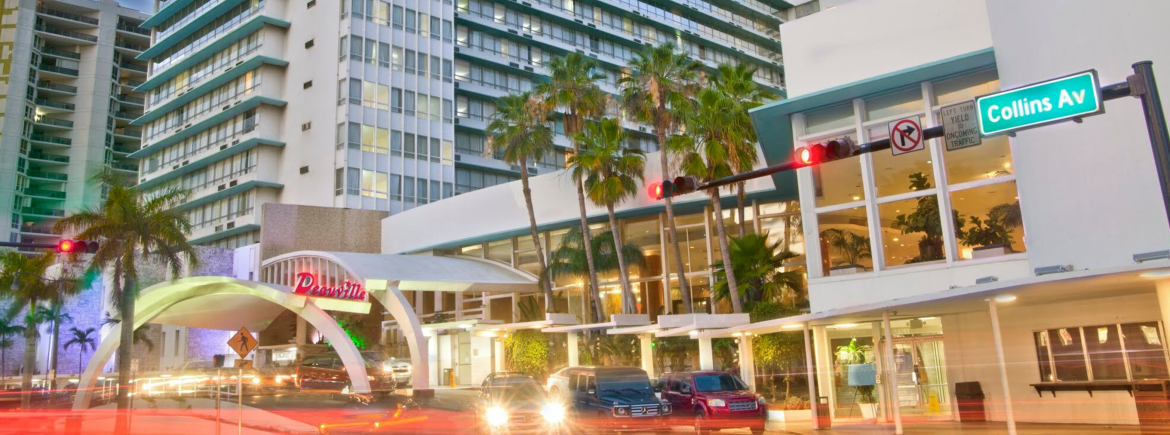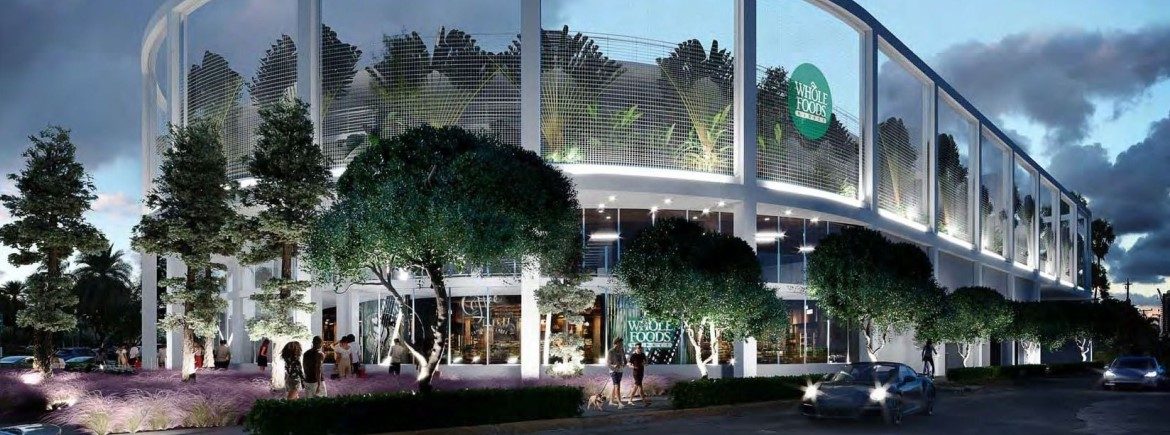Keyah Real Estate Group is planning a seven story, 238-key hotel on South Beach’s Washington Avenue.
An affiliate of Aventura-based Keyah, led by Xaver Kriechbaum and Gavin Crescenzo, will tear down a single-story retail building and 13-unit apartment building at 1509 and 1515 Washington Avenue that the firm acquired for $20 million, records show.
The seller, an entity managed by Miami Beach-based real estate investor Jimmy Resnick, paid $550,000 for the retail building in 1987, and $4.6 million for the apartment building in 2006, records show.
Resnick provided Keyah with $15 million in seller financing.
In April, the Miami Beach Planning Board approved Keyah’s project, which entails 238 rooms, a 5,677-square-foot restaurant on the ground-floor, a pool deck on the second floor and a rooftop 3,525-square-foot restaurant, city records show. Designed by Coconut Grove-based Arquitectonica, the hotel would span 91,230 square feet.
Keyah is negotiating a possible branding deal with Cloud One Hotel, a European hospitality company that has a hotel in New York City, plans submitted with the city of Miami Beach show.
Last year, Resnick had a pending deal to sell the properties to Urbin, a subsidiary of Location Ventures, the Coral Gables-based development firm that went belly up following a string of lawsuits from lenders, investors and vendors alleging defaulted loans, unrealized profit returns and nonpayment of services. At the time, then-Urbin and Location Ventures CEO Rishi Kapoor had planned to convert the retail and apartment buildings into a co-living condo project, but the deal fizzled.
Source: The Real Deal
